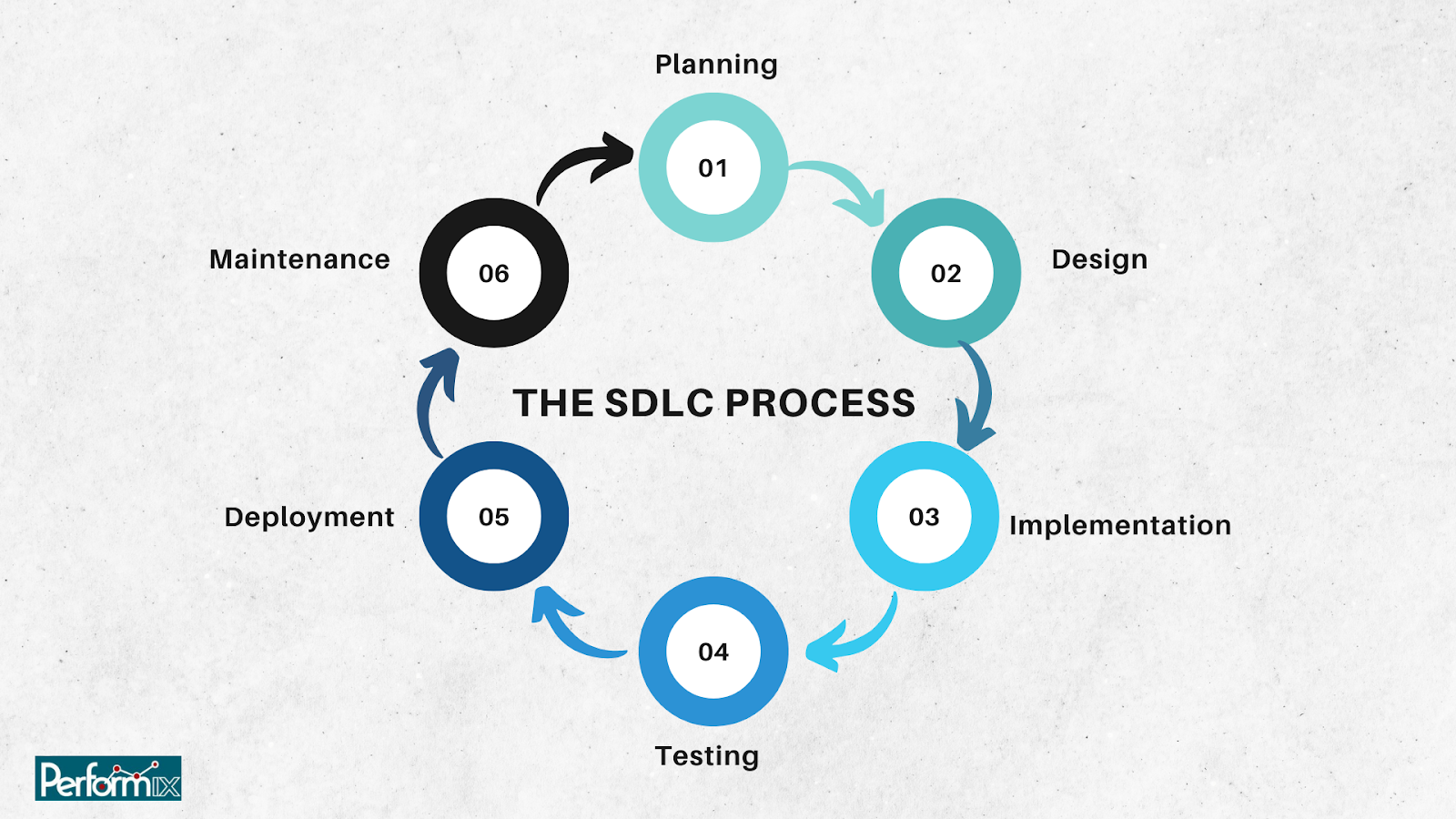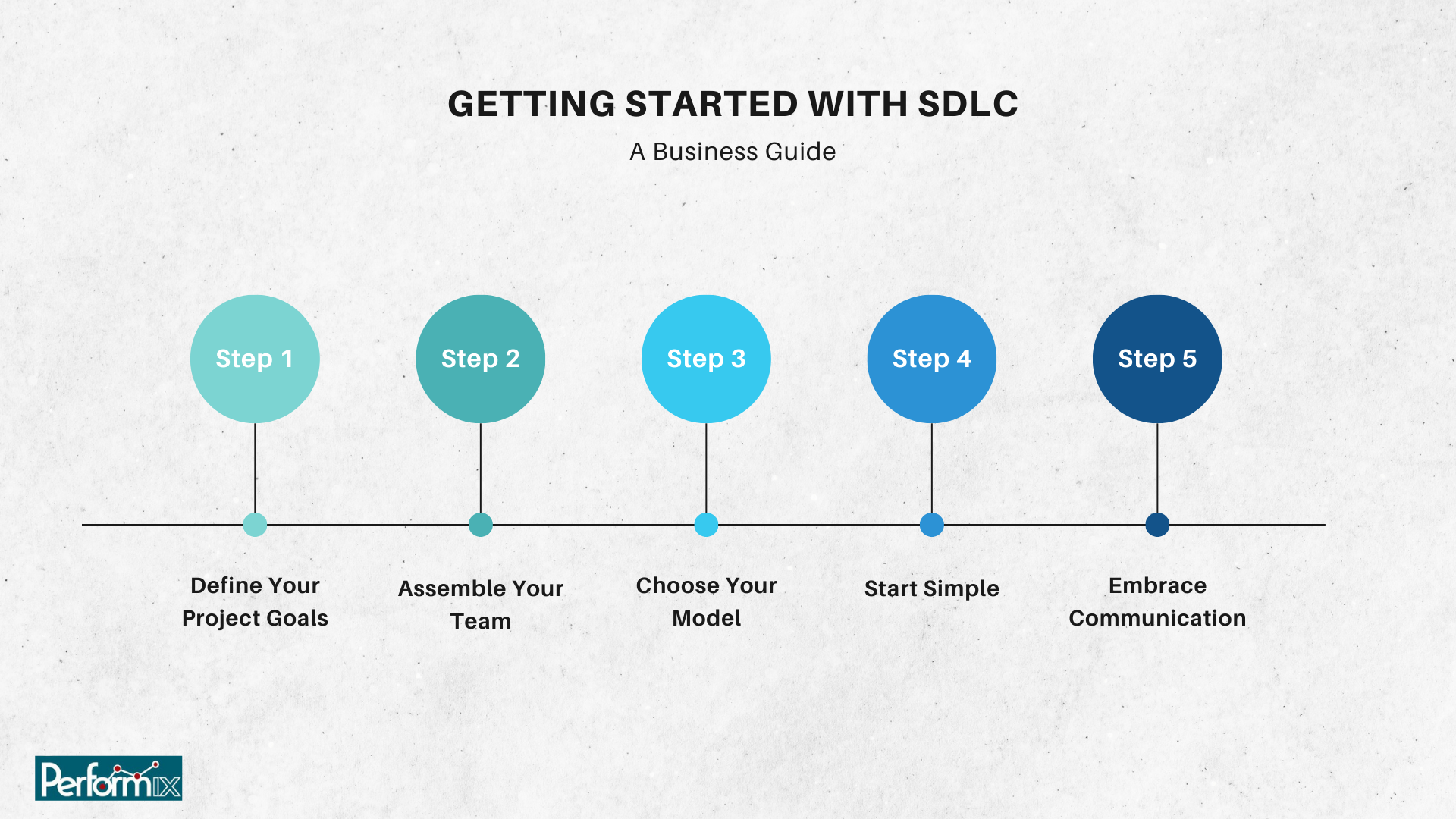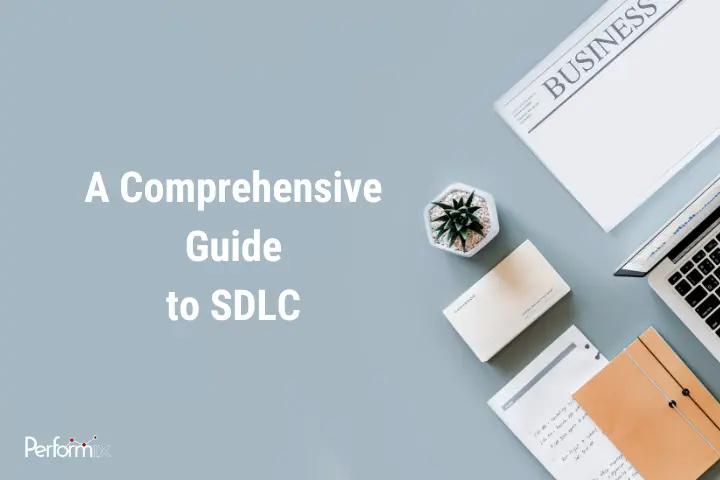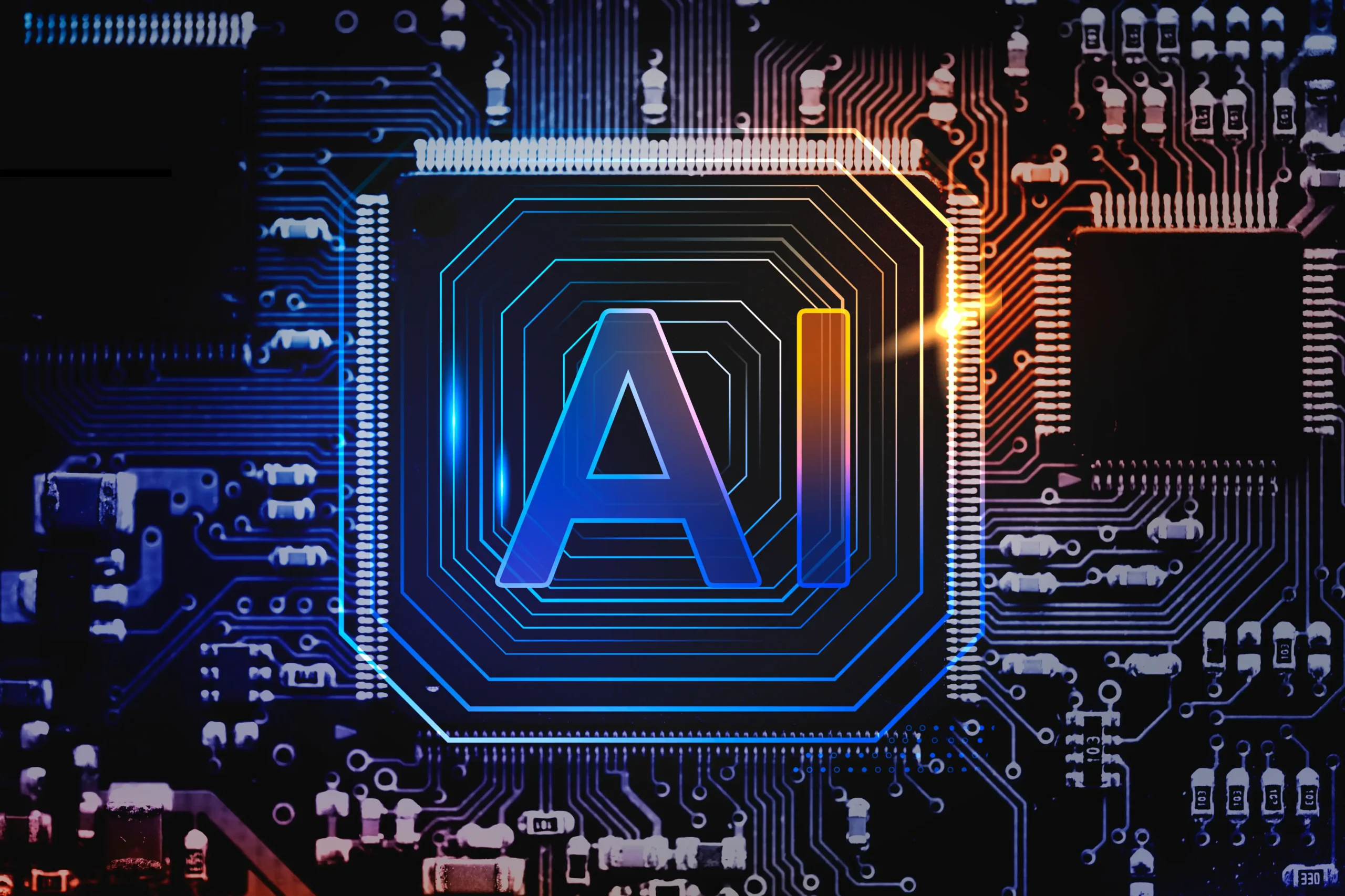Have you ever wondered how that new app on your phone went from a vague idea to a reality in your hands? The answer lies in a well-defined process called the Software Development Life Cycle (SDLC).
What is the Software Development Life Cycle (SDLC)?
The Software Development Life Cycle (SDLC) is a structured framework that defines the process of planning, creating, testing, deploying, and maintaining software applications. It provides a roadmap for development teams, ensuring a high-quality, efficient, cost-effective software development process.
Organizations adhering to the SDLC can minimize project risks, meet customer requirements, and deliver reliable software solutions.
Understanding the Value of SDLC
Software development can be inherently chaotic and fraught with potential for miscommunication and unforeseen challenges. The SDLC methodology mitigates these risks by establishing a systematic approach. Here’s how organizations benefit from implementing SDLC:
- Enhanced Visibility: A well-defined SDLC keeps everyone focused on the big picture. Stakeholders understand project goals and timelines, leading to predictable outcomes and a higher chance of success.
- Improved Efficiency: SDLC optimizes resource allocation and project scheduling, leading to faster development cycles and reduced costs.
- Proactive Risk Management: Organizations can boost their project success rate by spotting and dealing with potential problems early in the SDLC process.
- Systematic Delivery: The SDLC ensures a well-defined development process, producing consistent and predictable software delivery.
- Customer Satisfaction: Organizations develop software that meets customer needs and expectations by emphasizing precise requirements gathering and user feedback throughout the SDLC.
The SDLC Process
The SDLC typically involves a series of well-defined phases, although the specifics may vary depending on the chosen model and project complexity. Let’s explore some typical SDLC phases:

1. Planning:
This initial phase lays the foundation for the project. Activities include cost-benefit analysis, resource allocation, project scheduling, and requirement gathering. A Software Requirements Specification (SRS) document is often created to define the project scope, user needs, and functional specifications.
2. Design:
Software engineers translate the requirements documented in the SRS into a blueprint for the software architecture. This includes defining the system’s components, interfaces, data flow, and technology stack.
3. Implementation (Coding):
During this phase, developers translate the design specifications into actual code using programming languages. The code is typically written in modules or smaller units for better organization and maintainability.
4. Testing:
Software testing is a crucial phase that involves determining and resolving bugs and errors in the code. Manual and automated testing techniques ensure that the software functions as planned and meets the defined requirements.
5. Deployment:
After getting the green light from extensive testing, the software heads to the real world for users to interact with. This final stage might involve bundling the software, setting up the user environment, and making final installations.
6. Maintenance:
Software applications require ongoing maintenance after deployment. This includes fixing bugs reported by users, implementing new features or functionalities, and addressing security vulnerabilities.
Selecting the Right SDLC Model
There is no single “best” SDLC model. Different project types and complexities necessitate distinct approaches. Here’s an overview of some popular SDLC models:
This traditional approach tackles development step-by-step, requiring each stage to be completed before proceeding. While straightforward and organized, it can need help adapting to projects where the needs change over time.
This model emphasizes an iterative development approach where the software is built and released in increments. Each iteration focuses on a specific functionality, allowing for early feedback and course correction.
This model combines elements of the waterfall and iterative models. It emphasizes risk management by iteratively building prototypes and conducting risk assessments at each stage.
The spiral model combines elements of the waterfall and iterative models. It emphasizes risk management by iteratively building prototypes and conducting risk assessments at each stage.
This model follows a sequential approach similar to the waterfall model but with a corresponding testing phase for each development stage. This ensures a rigorous testing process throughout the development lifecycle.
This is an informal, unstructured approach with minimal planning, documentation, or defined phases. Due to the high risk of failure, the Big Bang model is generally not recommended for complex software projects.
Security: A Cornerstone of Modern SDLC
Security is no longer an afterthought in software development. Modern best practices, like DevSecOps, emphasize integrating security considerations throughout the SDLC. Security assessments and practices such as code review, architecture analysis, and penetration testing are woven into the development process to identify and mitigate vulnerabilities early on.
DevSecOps: The Collaborative Approach to Secure Development
DevSecOps flips the script on traditional software development by weaving security into every step of the SDLC. It fosters collaboration by breaking down barriers between development, security, and operations teams. This united front ensures everyone takes ownership of building secure software. Now, let’s explore how DevSecOps injects security throughout the SDLC:
- Security Automation: DevSecOps leverages automated security testing tools to identify code, configurations, and infrastructure vulnerabilities as early as possible in the development process. This allows for faster remediation and reduces the risk of vulnerabilities remaining undetected until later stages.
- Threat Modeling: Security threats are proactively identified and addressed throughout the development lifecycle. This involves analyzing potential attack vectors and implementing security controls to mitigate risks.
- Continuous Monitoring: DevSecOps practices emphasize monitoring deployed applications for vulnerabilities and suspicious activity. This allows for prompt detection and response to security incidents.
Getting Started with SDLC: A Business Guide
Are you new to SDLC and wondering where to begin? The first step is understanding your project’s specific needs. Here’s a simple roadmap to get your business started with SDLC:

1. Define Your Project Goals:
Clearly outline your software’s goals. What problems will it solve, and what value will it deliver?
2. Assemble Your Team:
Identify the key players involved in development, including stakeholders, developers, and potentially security specialists.
3. Choose Your Model:
Research the different SDLC models (Waterfall, Agile, etc.) and select the one that best aligns with your project size, complexity, and team dynamics.
4. Start Simple:
Take your time with the entire SDLC process. Begin by focusing on the core phases – planning, requirements gathering, and design – and gradually integrate additional phases as needed.
5. Embrace Communication:
Clear communication between all stakeholders is crucial. Conduct regular meetings and document decisions to ensure everyone is on the same page.
Conclusion: Building Better Software for Your Business with SDLC
As a business owner, you understand the importance of technology in driving success. But software development can feel like a black box – an idea goes in, and sometimes, a buggy, frustrating application emerges. The good news is that there’s a way to streamline the process and increase your chances of getting high-quality software that meets your needs.
By following an SDLC, you can:
- Save Time and Money: A structured approach minimizes confusion and rework, leading to faster development cycles and reduced costs.
- Mitigate Risks: Proactive planning and risk management identify potential issues early, preventing costly delays and ensuring your project stays on track.
- Deliver Secure Software: Security is woven into the development process, not bolted on as an afterthought. This protects your business and your customers’ data.
- Get What You Need: Clear communication and defined requirements ensure the final product aligns with your business goals.
Whether developing a simple mobile app or a complex enterprise system, understanding the SDLC empowers you to make informed decisions about your software development project. By following a structured approach and prioritizing security, you can increase your chances of success and get the reliable, user-friendly software your business needs to thrive.







